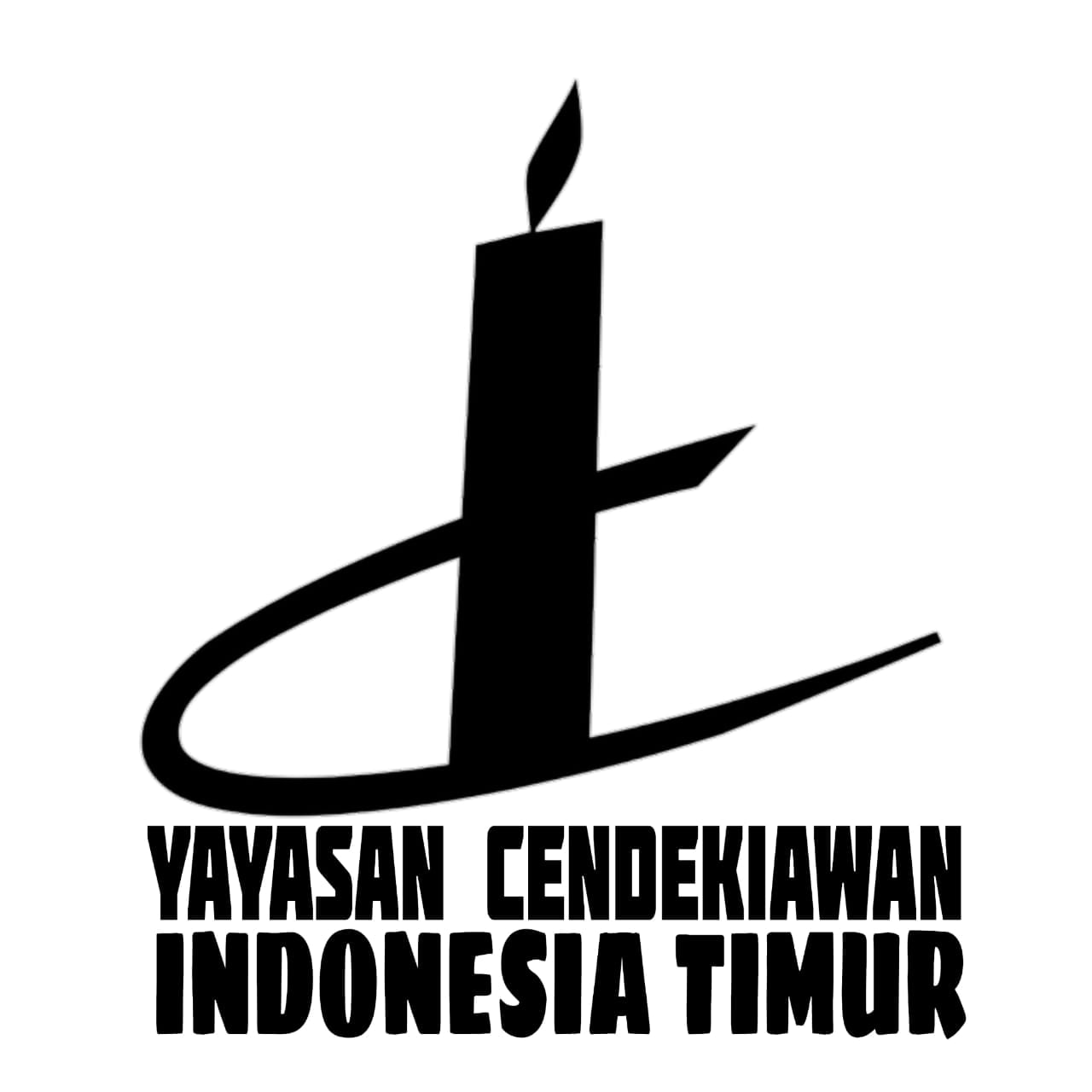The impact of Covid–19 pandemic on the students' communication in English at the University of Muhammadiyah Bone
DOI:
https://doi.org/10.59065/jotes.v1i1.26Keywords:
Covid-19 Pandemic, Communication, Speaking SkillAbstract
This study aims to analyze the impact Covid-19 era on the student's English communication at the University Muhammadiyah Bone. This research applied a descriptive qualitative research method. It finds that every respondent is average in speaking skills based on pronunciation and vocabulary and finds that movies and songs are all subjects easy to accept as tools to learn and study English before and after Covid-19 existed in the world. The data collection techniques of this research used triangulation consisting of questionnaires, interviews, and documentation. The data were analyzed using 6 steps: organizing and preparing the data, then reading and looking the data, coding, making descriptions, representing the data, and finally finding the result. The result showed that the impact Covid-19 pandemic on the student's communication in English at the University Muhammadiyah Bone are positive and negative impacts and also only in how the class changes from offline to online that every subject has said that the ability is not different or reduced but communication often does in virtual not face to face. The student's problem in communication that happens is shyness, all subjects are afraid that people do not understand what they said but mostly said that practice is helping them to reduce it.
Downloads
References
Aisha, S., & Mulyana, D. (2019). Indonesian postgraduate students' intercultural communication experiences in the United Kingdom. Jurnal Kajian Komunikasi, 7(1), 1–13.
Arfan, H. H., Misnawati, Sakkir, G., Puspita, N., Akbar, Z., Asriadi, & Yusriadi, Y. (2021). Student Learning Interest in Covid-19 Pandemic Age by Blended E-Learning ( Asynchronous and Synchronous ). Proceedings of the International Conference on Industrial Engineering and Operations Management Singapore, 6330–6339.
Duta, N., Panisoara, G., & Panisoara, I. (2015). The effective communication in teaching. Diagnostic study regarding the academic learning motivation to students. Procedia - Social and Behavioral Sciences, 186, 1007–1012.
Gunawan, & Abdul Rahman. (2022). Teaching English Speaking Ability by Using Expression Like and Dislike through Dialogue. Journal of Indonesian Scholars for Social Research, 2(1 SE-Articles), 1–5. https://www.ojs.ycit.or.id/index.php/JISSR/article/view/11
Hassani, S., & Rajab, A. (2012). General Communication Anxiety among EFL Students; A Case of Iranian Students of Intensive English Programs. Procedia - Social and Behavioral Sciences, 66, 410–418. https://doi.org/10.1016/j.sbspro.2012.11.284
Kapilan, N., Vidhya, P., & Gao, X.-Z. (n.d.). Virtual Laboratory: A Boon to the Mechanical Engineering Education during COVID-19 Pandemic. In Higher Education for the Future (Vol. 8, Issue 1, pp. 31–46).
King, C. S. T., & Bailey, K. S. (2021). Intercultural communication and US higher education: How US students and faculty can improve International students' classroom experiences. International Journal of Intercultural Relations, 82, 278–287.
Masuram, J., & Sripada, P. N. (2020). Developing speaking skills through task-based materials. Procedia Computer Science, 172(2019), 60–65. https://doi.org/10.1016/j.procs.2020.05.009
Misnawati. (2021a). Model pembelajaran di masa pandemi Covid-19: Synchronous and asynchronous (Blended e-learning). In M. C. B. Umanailo (Ed.), Elaborasi ilmu sosial untuk Covid-19: pengajaran, pembelajaran serta eksistensi lembaga pendidikan selama pandemi Covid-19 (pp. 44–55). Yayasan Cendekiawan Indonesia Timur.
Misnawati. (2021b). Pendidikan dan perilaku masyarakat desa di masa pandemi. In M. C. B. Umanailo (Ed.), Elaborasi ilmu sosial untuk Covid-19: Eksistensi masyarakat desa dimasa pandemi Covid-19 (First Edit, pp. 2–12). Yayasan Cendekiawan Indonesia Timur.
Nasrullah, Abdul, L. R., Mustari, Ybnu, M., & Misnawati. (2021). The effect of classroom management and learning media on students' learning achievement through teacher performance. Proceedings of the International Conference on Industrial Engineering and Operations Management, 3719–3725.
Ounis, A. (2017). The Assessment of Speaking Skills at the Tertiary Level. International Journal of English Linguistics, 7(4), 95. https://doi.org/10.5539/ijel.v7n4p95
Rabogadi, T. A. (2017). Strategies Information and Communication Technology Managers Use to Build Employee Competencies. In ProQuest LLC.
Rao, Parupalli, S. (2019). The Importance of Speaking Skills in English Classrooms. Alford Council of International English & Literature Journal(ACIELJ), Vol 2(Issue 2), 18.
Rimé, B., Bouchat, P., Paquot, L., & Giglio, L. (2020). Intrapersonal, interpersonal, and social outcomes of the social sharing of emotion. Current Opinion in Psychology, 31, 127–134. https://doi.org/10.1016/j.copsyc.2019.08.024
Wang, M. J. (2010). Online collaboration and offline interaction between students using asynchronous tools in blended learning. Australasian Journal of Educational Technology, 26(6), 830–846.
Weny, Febriantini, A., Fitriati, R., & Oktavian, L. (2021). An analysis of verbal and non-verbal communication in autistic children. Journal of Research on Language Education (JoRLE), 2(1), 53–56.






